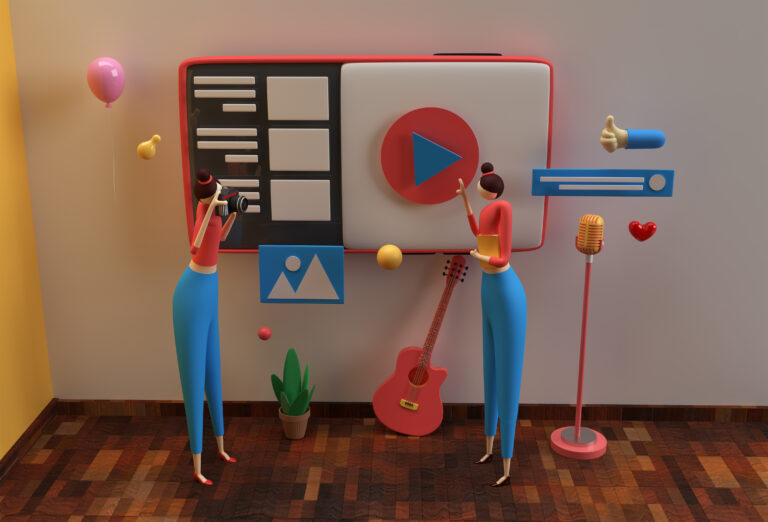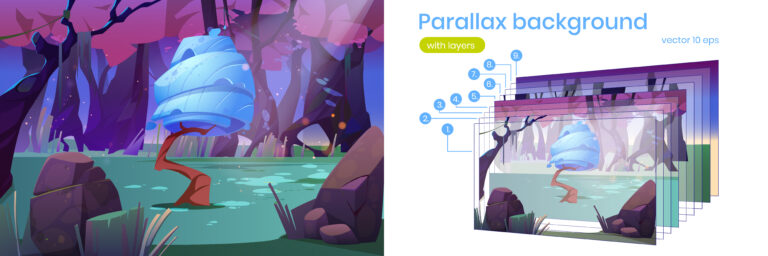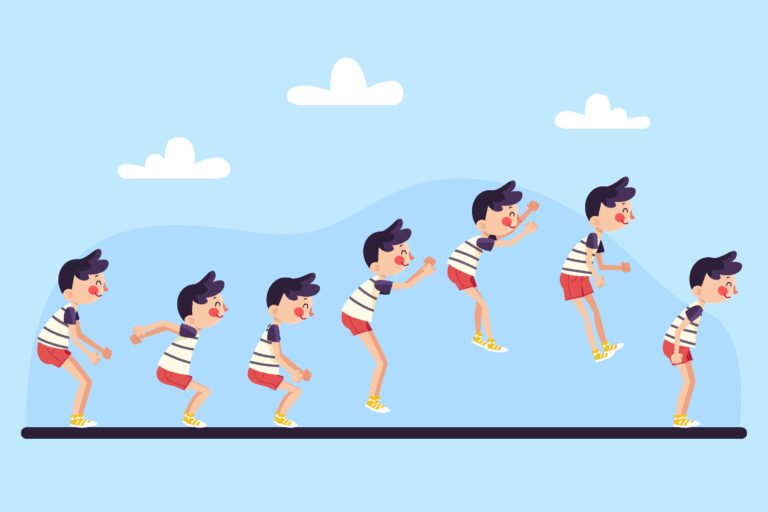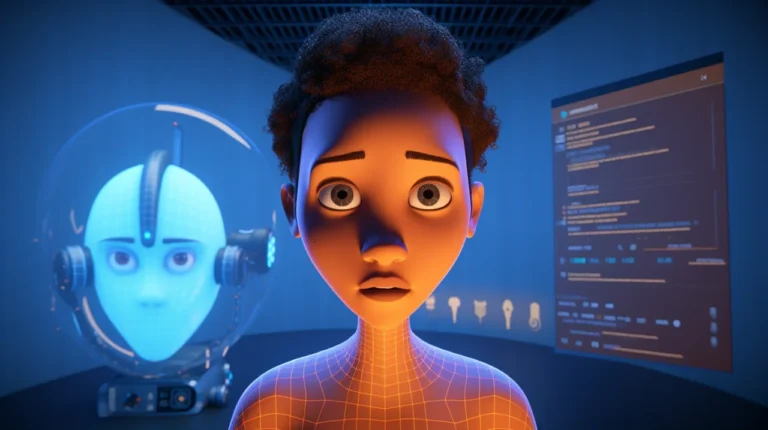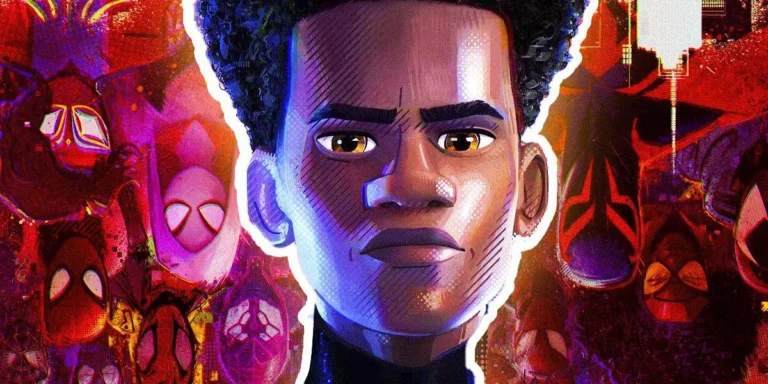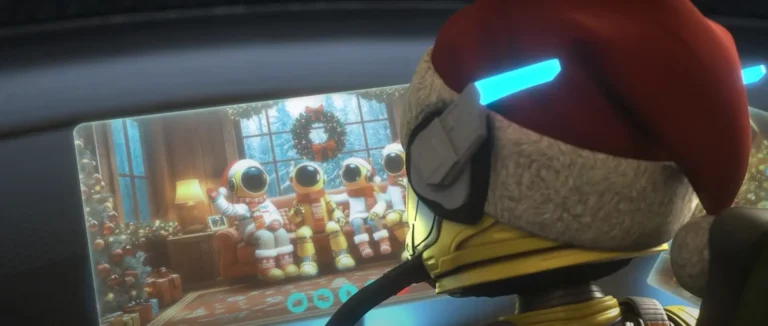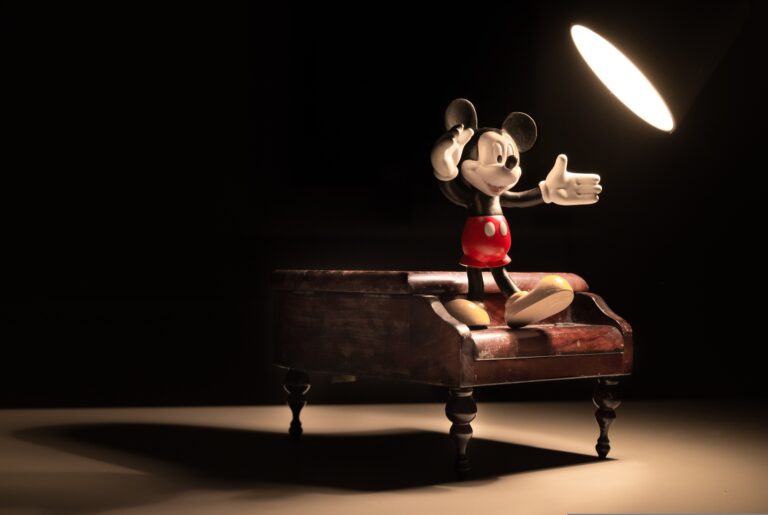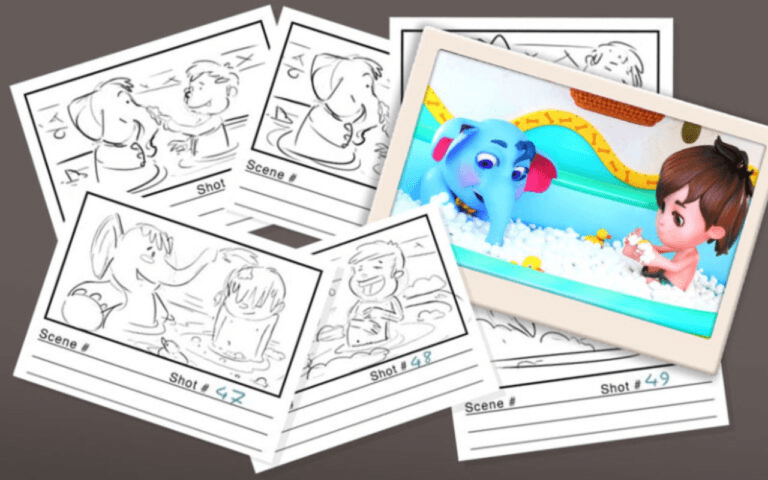The art of 2D animation has captivated audiences for decades, bringing characters and stories to life through carefully crafted drawings and meticulously timed movements. And the question that often arises in the world of 2D animation is: how long does it take to create a 2D animation? Creating a 2D animation takes from 2 months to several years. The answer is not a simple one, as the production timeline for a 2D animation can vary greatly depending on a myriad of factors whether it’s a 30-second commercial, a feature-length film, or an episodic series.
How Long Does a 2D Animation Take?
The length of your story matters on production time:
30-Second Animation: A short animation might take 2 to 4 months to complete. It could be a catchy animated commercial ad, a social media explainer video, or a dynamic title sequence.
60-Second Animation: Doubling the length often translates to roughly 4 to 6 months of production time. This timeframe is suitable for creating a more nuanced story or an informative explainer video with a few characters and environments.
90-Second Animation: Stepping into the realm of longer animations, a 90-second piece could take 6 to 9 months or more to produce. This could be a pilot episode for an animated series, a music video with elaborate visuals, or a detailed product demonstration.
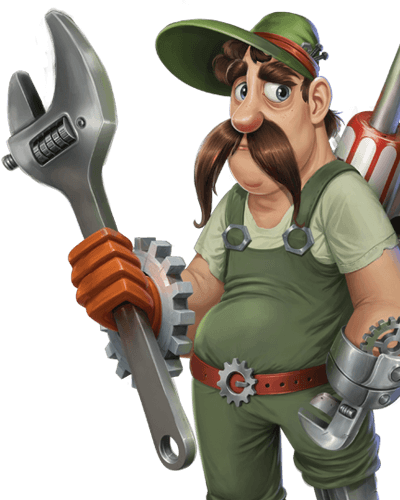
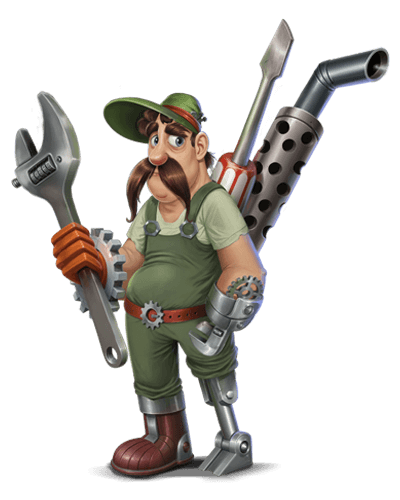
Need 2D Animation Services?
Visit our 2D Animation Service page to see how we can help bring your ideas to life!
Examples of 2D Animated Project Timelines
The Little Mermaid (1989)
Total Production Time: 36 Months – 3 Years
Running Time: 135 minutes
The Lion King (1994)
Total Production Time: 42 Months – 3.5 Years
Running Time: 150 minutes
Timeline Duration of the 2D Animation Production Pipeline
Here is a breakdown of the typical timeline duration for major phases of a 5-minute 2D animation production pipeline:
Pre-Production
- Story Development and Concept Art: 2-4 weeks
- Scriptwriting: 1-2 weeks
- Storyboarding: 3-6 weeks
- Character Design and Visual Development: 2-4 weeks
- Asset Creation: 1-2 weeks
Production
- Layout and Scene Staging: 2-4 weeks
- Animation (Rough and Final): 6-10 weeks
- Background Painting: 3-6 weeks
- Effects Animation: 2-4 weeks
- Ink and Paint (Digital or Traditional): 3-6 weeks
Post-Production
- Editing and Compositing: 1-3 weeks
- Sound Design and Music Scoring: 1-2 weeks
- Final Adjustments and Print Mastering: 1 week
In total, the production timeline for a 5-minute 2D animation can range from approximately 4 to 6 months, depending on the complexity of the project, the size of the production team, and the specific requirements of the animation.
8 Factors That Impact 2D Animation Production Timelines
Understanding these pipeline stages underscores why 2D animation schedules can stretch from weeks to years. What accounts for so much variance? Here are some of the key factors:
Project Length and Complexity
The runtime length of a 2D animation project has an obvious correlation with production time. A 3-minute animated short will take exponentially less time than an 85-minute 2D movie. The number of unique backgrounds, diverse characters, and level of storyline intricacy also play into complexity. For example, an action-packed adventure film with detailed fantasy environments took around 5 years to animate, while a simple 30-second commercial spot may only need a handful of static scenes.
Frame and Shot Number
The total number of individual frames and camera shots needed factors into animation timelines. Quick-cutting action scenes or music videos may require thousands of unique drawings per minute. In contrast, dialogue-driven animated films with fewer cuts can leverage more prolonged scenes with sustained character poses and expressions. The frame rate (e.g. 12, 24, 30 fps) impacts the drawing workload too.
Visual Style
The artistic style chosen for a 2D production makes a marked difference in labor requirements. Achieving smooth, lifelike human character animation demands drawing volumes of in-betweens, breakdowns, and advanced techniques like smears. In contrast, simplistic shapes and limited animation styles like cutout puppets or geometric patterns reduce drawing needs. Visual effects like blurs, glows, and particles also add complication.
Team and Studio Size
2D animation studios range from solo indies to hundreds of artists. A larger 2D animation agency can assemble separate teams for key animation, in-betweening, clean-up, inking, painting, scanning, compositing, etc. to work in parallel and expedite turnaround. Smaller teams require more versatile all-around animators who handle all phases sequentially, impacting total throughput capacity.
Reuse of Existing Assets
Whether creating sequels, reboots, or serialized storylines, repurposing character designs, prop assets, layout scenes, and even animation cycles from prior works can accelerate new 2D productions immensely. However, some legacy artwork may require touch-ups or recreating to align with modern standards and workflows.
Experience Level
Just as with any art form, experienced 2D animators leverage decades of accumulated knowledge to draw more efficiently than novices. Veterans develop muscle memory for things like solid drawing, animating physically plausible movement, and creative acting skills to portray strong character personalities quickly. Conversely, student films take longer while skills develop.
Animation Technique
Traditional hand-drawn frame-by-frame animation as a type of animation is extremely labor intensive compared to techniques like rotoscoping or motion capture which map human actions to drawings with software interpolation. However, the subtleties of human expressions are often best realized by talented draughtsmen drawing from life. Stop-motion animation, meanwhile, can be a very meticulous and slow process.
Number of Revisions
The reality of the collaborative creative process means reworking storyboards, redesigning characters, redrawing scenes, tweaking performances, and altering compositions across multiple feedback cycles before locking the final animation. This back-and-forth revisioning substantially impacts productivity rates. Clear creative vision and minimizing do-overs through advance planning are paramount.
Get a Quote
Interested in knowing how long your 2D animation project will take? Contact us today for a detailed quote and let’s create something amazing together.
Conclusion
The creation of a 2D animation is a journey that demands patience, perseverance, and a deep understanding of the various factors that shape its production timeline. From the initial sparks of imagination to the final polished frames, each stage of the process presents its own challenges and opportunities for creativity.
Whether it’s a team of seasoned professionals or a passionate independent artist, the ability to navigate the complexities of project length, visual style, animation techniques, and the inevitable revisions is what separates a successful animation from a mediocre one. It is this unwavering commitment to excellence, coupled with a love for the art form, that has kept 2D animation alive and thriving, captivating audiences generation after generation.
